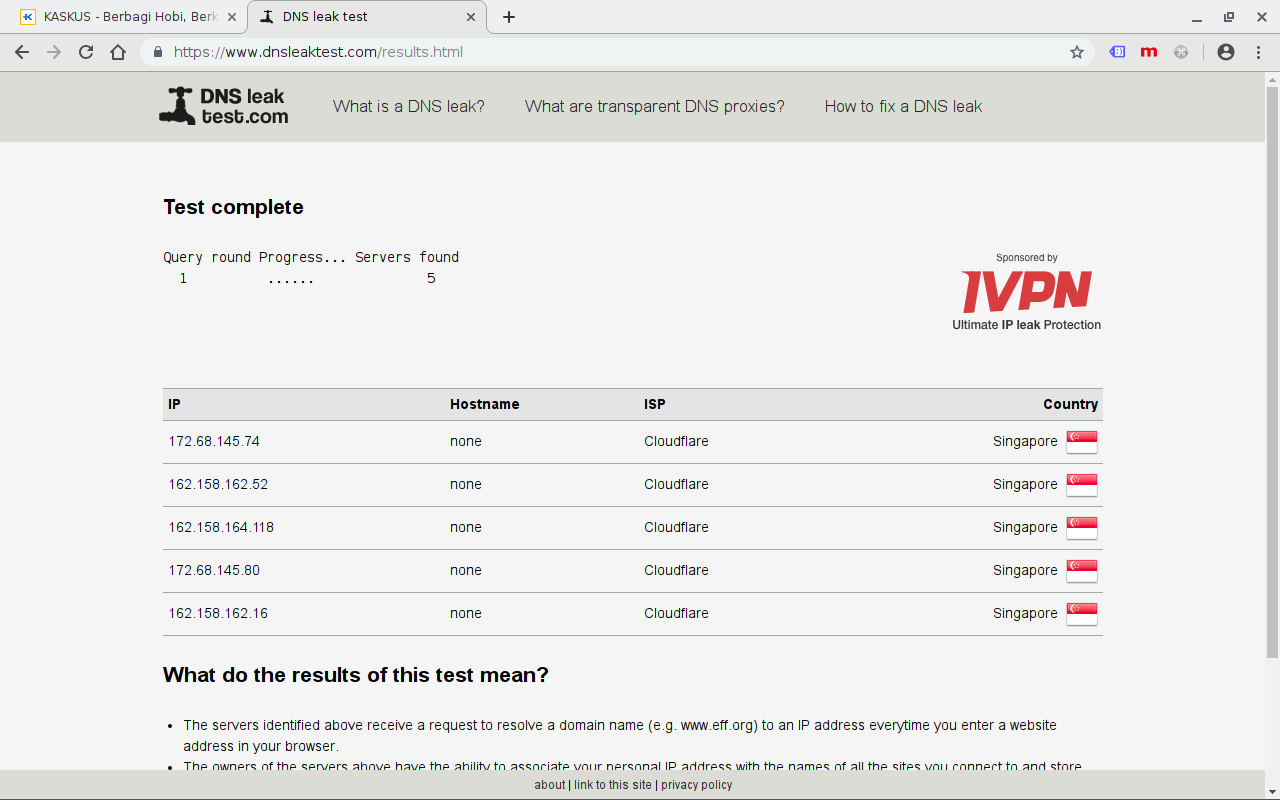

While root DNS servers use this, not all ISP providers that have DNS servers support DNSSEC. Another problem is that DNSSEC is not fully implemented yet. In the meanwhile the DNS requests themselves aren’t hidden from anyone. This way DNSSEC ensures that all DNS queries are authentic and real and do not contain bogus data. It that implements signed DNS queries and responses for the underlying protocol. The most known solution for this issue is DNSSEC. This type of attack provides spoofed data to the client from cached DNS information supplied by a malicious person. Those issues include DNS cache poisoning aka DNS spoofing. Since Internet became widely available to the general public, more and more issues were discovered. The description of a system and its protocols could be found in the respective RFC documents: ĭNS has certain weak points and security issues because by design security wasn't the main concern. When a DNS server receives a request, it responds with the IP address for the requested domain.ĭNS was created in 1983, then it was improved in 1987. DNS work depends on a set of DNS servers that store information about domain names and the IP addresses assigned to their respective domain names. What DNS and DNSSEC isĭomain Name System is a hierarchical distributed system that provides information about domain names. DNS does have certain issues but the respective organizations are working hard to continuously improve it.īelow we’ll explain what DNSCrypt is and how it helps users, and we’ll provide instructions how to set it up. One of the core parts of the Internet is the Domain Name System. All this has been made possible by a set of different technologies. No doubt Internet has dramatically changed the way people live and work.


 0 kommentar(er)
0 kommentar(er)
